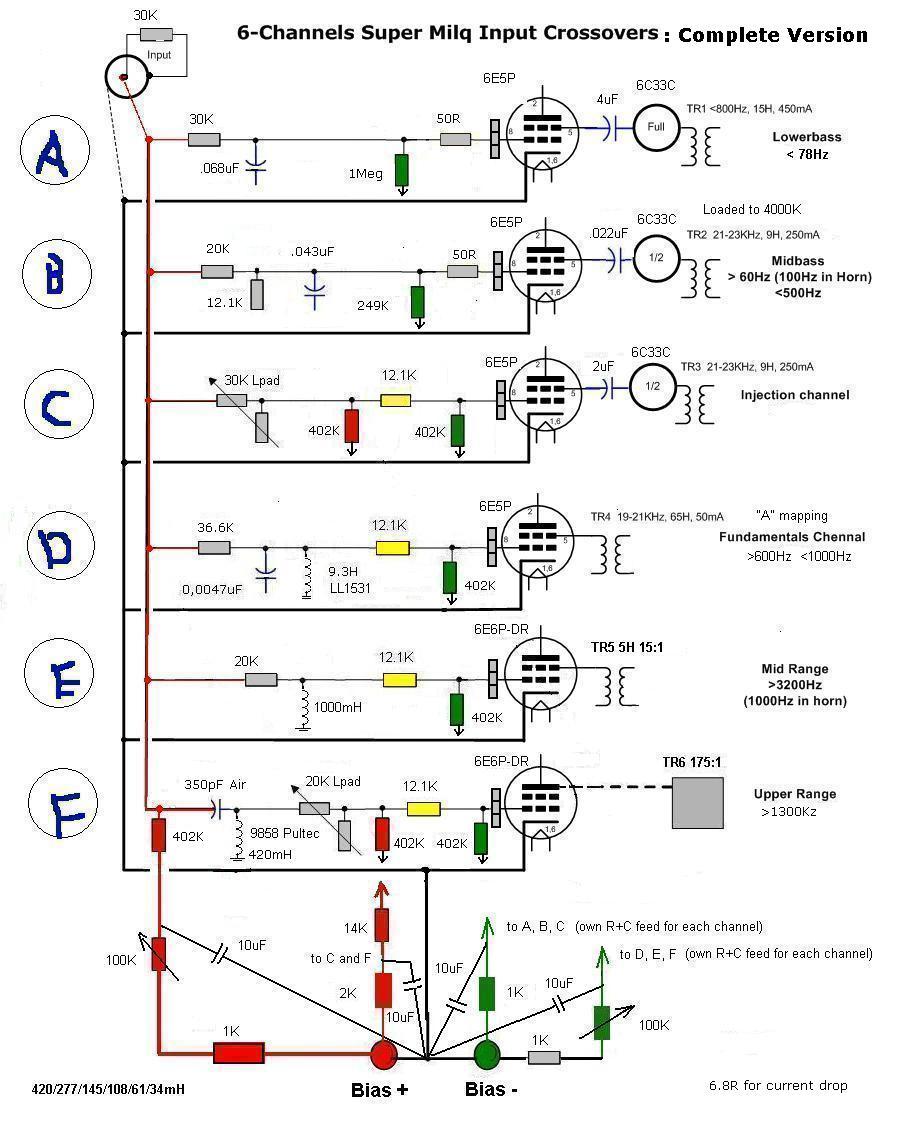|
fiogf49gjkf0d  floobydust wrote: floobydust wrote: |
Integrating multiple amplifier sections and drivers is always a challenge. Doing it with different topologies and OPTs adds some additional complexity due to the difference in response characteristics. Crossover design for each of these adds more complexity and requires more effort to integrate, so I would certainly applaud your efforts here. You certainly have some interesting ideas to pursue on the crossover sections. |
|
 Romy the Cat wrote: Romy the Cat wrote: | | It is trully a new level of game all together. For instance I always was very proud with the level of integration of Macondo drivers. It is 8 feet tall installation but it performs integration-wise more interesting and more complied then a single-driver and it might do it …from insulting distance of 6.2 feet.
|
|
 limono wrote: limono wrote: | | I'd be interested if the system really integrates well for nearfiled (6-8ft) |
|
It is kind of funny that for 2 years since the 6-ch Milq circuit was published no one besides ‘floobydust’ commented on the Milq-Macondo crossovering. Any single person who heard it surprised with the way how Macondo is integrated and how it image but not one care to think why it does so. I would not comment about many of the “whys” but I would like to point out that passive-line lever crossovering is one of the reasons.
http://www.romythecat.com/GetPost.aspx?PostID=5940

What is important to understand is that with such an implementation of crossover the most critical parameter of the Macondo Acxiom – the super accurate time alignment - might be handled very precisely. The line-level crossovers work against fixed impedance and therefore the crossover point and the time alignment does not fluctuate along with reactance of the drivers. That has a huge advantage toward to critical imaging in nearfiled position.
The Cat
|